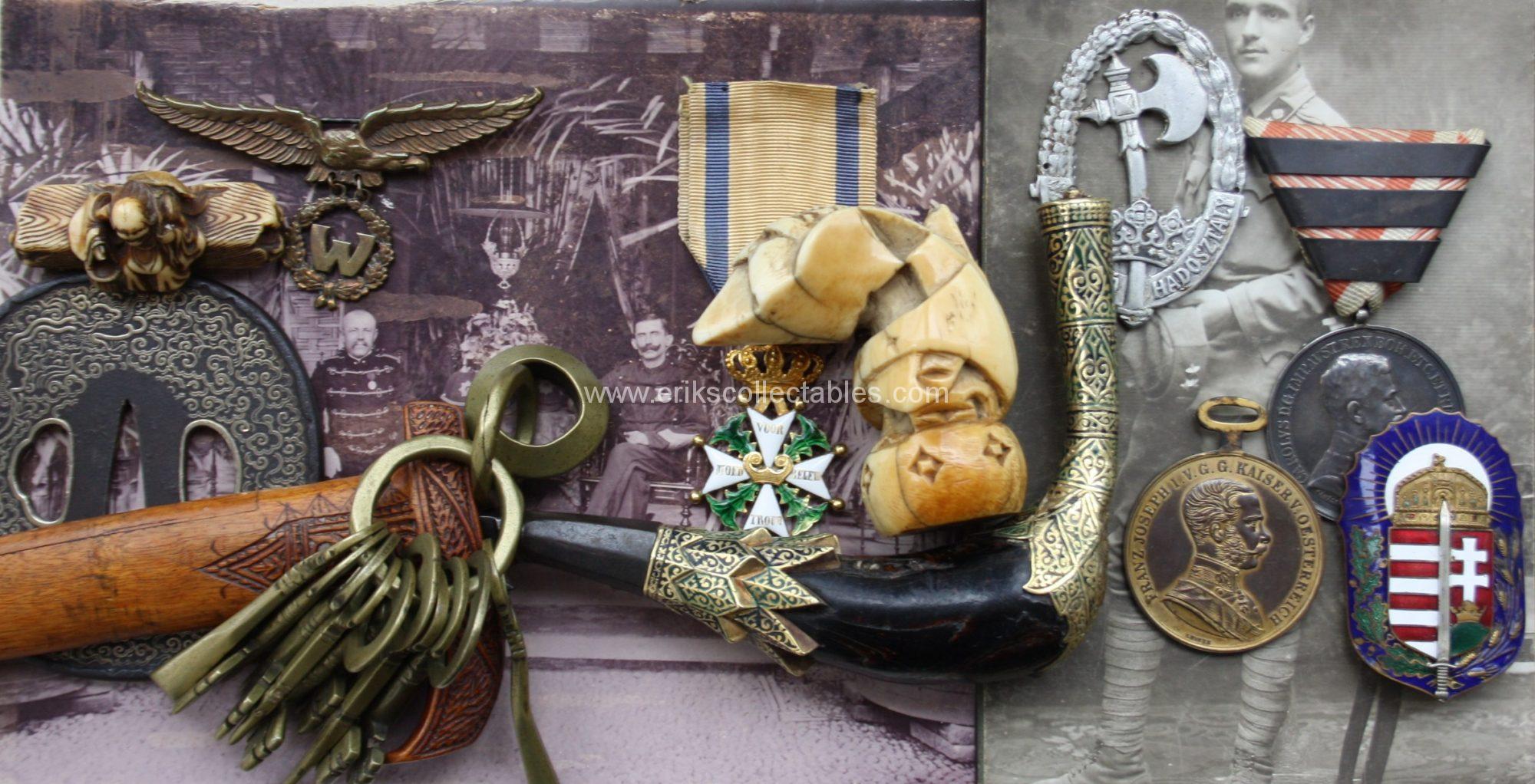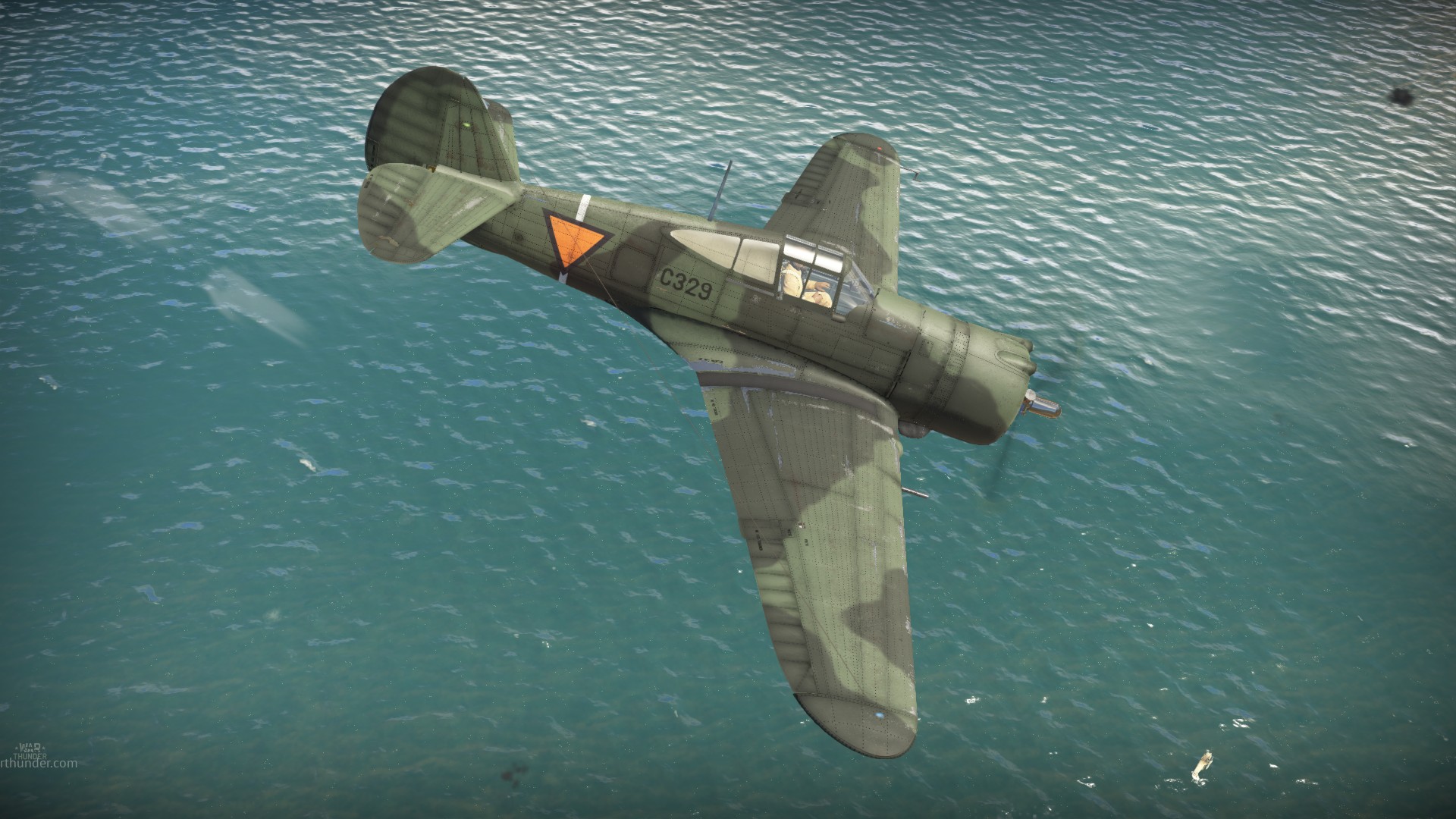Even though my focus is on the para wings of the KNIL a small collection of aviation wings is also part of my collection
Today I will describe the few wings of the Airforce (ML KNIL) from my current collection:





Pilot and Navigator wings
The aviator and navigator wing for the ML KNIL were introduced in 1922 as two seperate wings. From 1932 a combination was made. The basic wing of the aviator now could be combined with that of the navigator by adding the W (waarnemer = navigator) to the pilot wing as most pilots would have the double qualification and no longer needed two wings to show this. The seperate wings for single qualification would stay in use but are relatively rare.

Crew Wings
These models of wings for crew members were introduced in 1940/41. At that moment there was still peace in the Dutch East Indies but the war in the Netherlands already was lost. Wings were produced locally. These all have a dark (bronze) colour and no makers name. These wings are solid (so not impressed on the back).
This changed after the Indies were lost to the Japanese in 1942. All forces and planes evacuated to Australia as far as possible. Troops left behind ended up as Prisoners of War with the Japanese invaders. During the remainder of the war the operations in the pacific were continued from Australia. The education of new pilots and aviation crews for the Dutch East Indies Army was mostly done in the USA. This had as a result that wings were produced in both the USA and Australia.
Branch distinctive in the form of a propellor
These were worn on the shoulder boards and on the rank insignia for all ranks as a branch distinctive. In the photo 5 variations. Top by Stokes, left first two by Luke and the others are unmarked and maybe prewar.

Unsigned, local version
The Mechanic and Gunner Wings shown here are of the variation made in the Dutch East Indies and does not have a makers mark. These were made in 1941 according to Rob Vis. As mentioned before the colour is dark (bronze) and it has a simple closure. Compared with the Stokes versions this one has a flat reverse. These are stamped (not cast as many of the copies) and partially sawed out by hand which makes that the form is not always 100% sharp/well done. The quality cannot be compared with the Australian and US made wings.



Foreign makers
In the USA one maker was used, Amico. In Australia two makers were used KG Luke and Stokes. All makers have slight differences in the feathers of the wings. Colour is the easiest distinction between the USA and Australian versions. Amico used the dark bronze colour that was also the standard before the war. In Australia the colour (and material?) was brass. Most wings produced after 1941 are also marked by the maker but not all.
Stokes


The Bomber and Radio Operator wings above were made by Stokes but are from different batches. The Bomber is a rare variation with the pre-war style closure (3 hooks placed on the back) where the Radio Operator had a pin as shown. According to Rob Vis (the foremost Dutch Wing Collector) in 1942 when the KNIL had to evacuate to Australia a rush order was placed for some types of wings and these were ordered with the old (then standard) style closure. Later production batches all had the regular pin backs. The bomber is in general quire rare as post 1945 these were no longer produced. The bombers were used as strafers in Indonesia so bomb aimers were no longer trained.
K.C. Luke
K.C. Luke was the second Australian maker of ML KNIL badges as in this example. The propellors were the generic sign for Aviation within the army both for KNIL and the Dutch army. They were worn next to the rank. The typical closure for Luke as seen here was also used on the wings they made.

Amico
Below the reverse of an Aviator combined with Navigator (W for Waarnemer) wing made by Amico in the USA. Note the different style of wing/feathers and the darker colour despite being polished to shine in the past...


Copies
As all of the ML KNIL wings are relatively rare reproductions have been made to fool collectors so please study before buying! According to Mr. Vis reproductions of the Stokes early batch type of wing also exist but are of lower quality. The same goes for regular Stokes, Amico and Luke wings. Most reproductions show differences if you can directly compare them to an original in hand. In photo’s it can be difficult so please act carefully! Many copies are of cast material and lose a lot of quality compared to the originals that were struck!
Documentation
Each wing would be accompanied by a qualification (brevet) booklet or flight license (vliegbewijs). The pre war version was black with on the front the wing involved. Here is a wartime/postwar example for the Aviator/Navigator Samson.

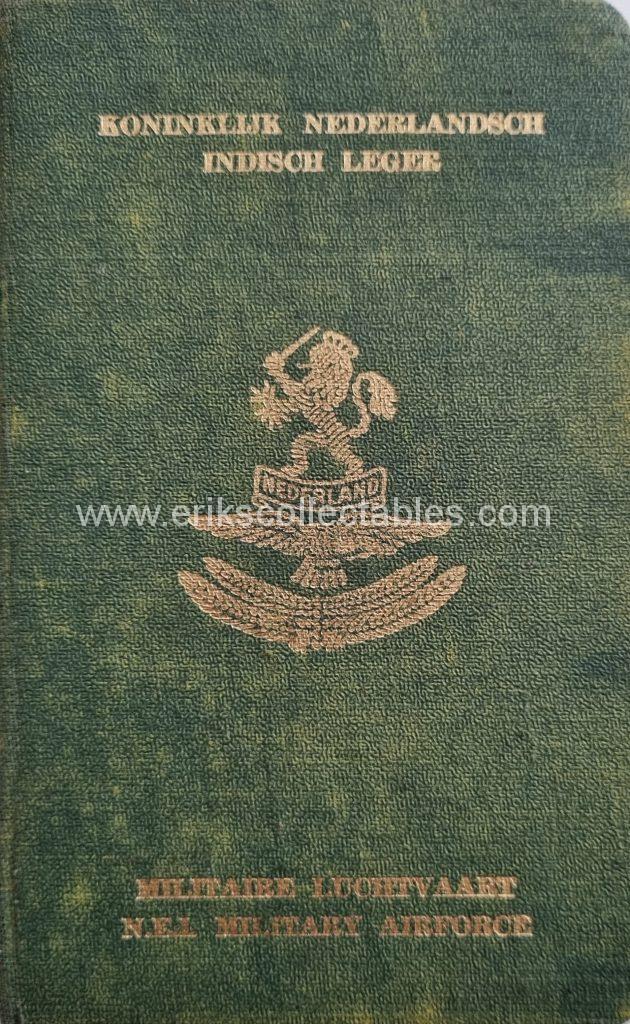
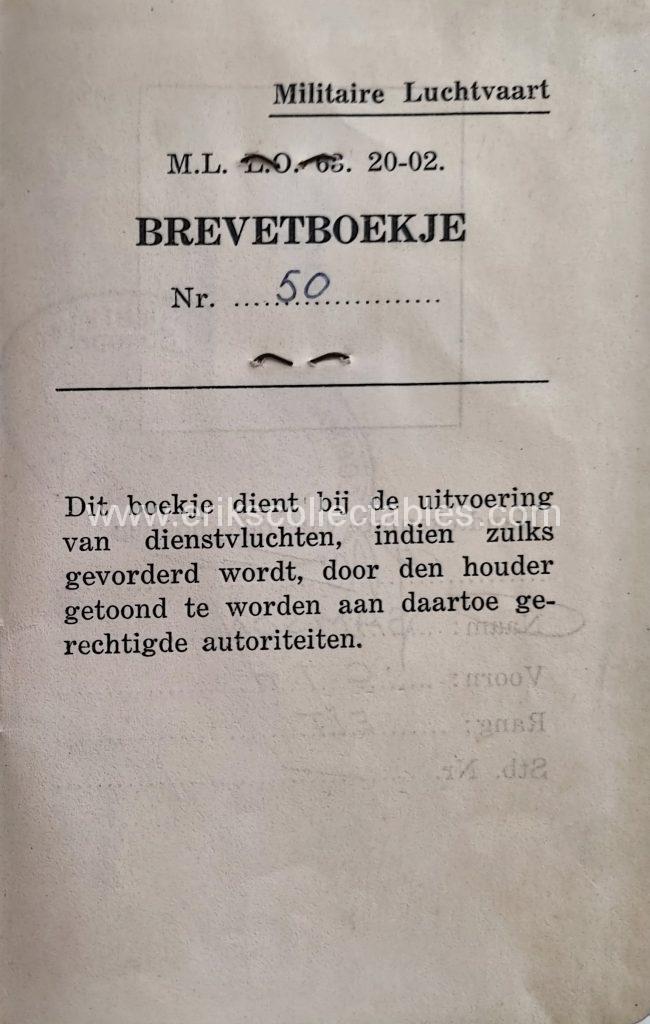

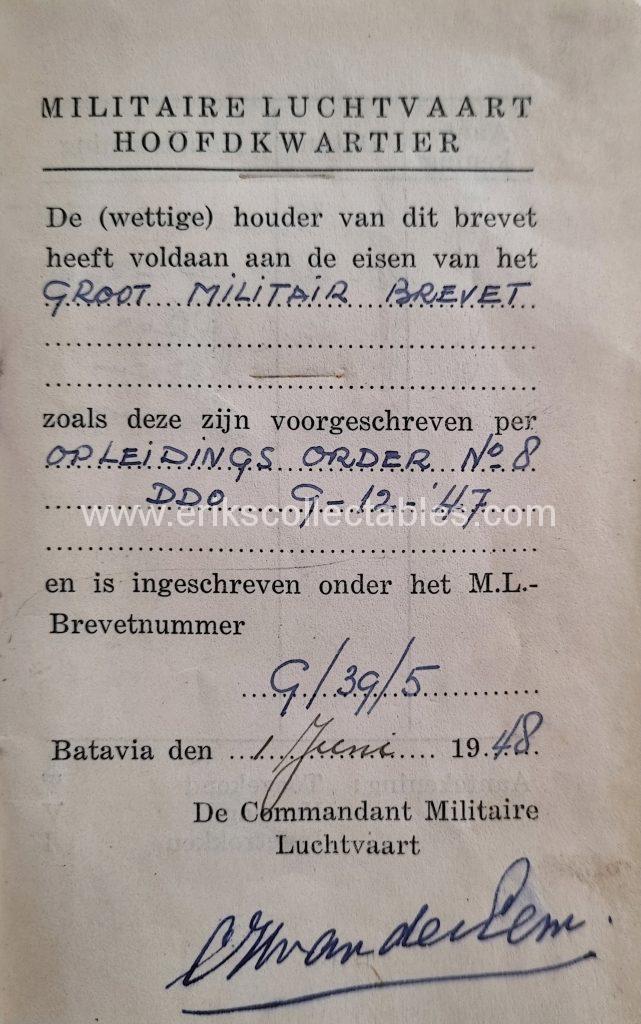
Below a flight license for a radio operator (radiotelegrafist) where the medical check seems to be the most important part of the booklet (simple folded booklet so with a total of 4 pages on 2 sides).



The paperwork is even rarer than the original wings!
US Navy Wing to Dutch Naval Aviator (started in the Dutch East Indies)

I will give more background on this wing in a dedicated blog but here is short version. There was a group of Naval Aviators (Reserve Officers, AROV) that started their training in 1941 in the Dutch East Indies. They would complete their training in the US in 1943 as naval aviators. This wing belonged to an Aviator from that group!
Unofficial wing. Next to the official wings there are also “sweetheart” versions in silver filigrain material like this one:
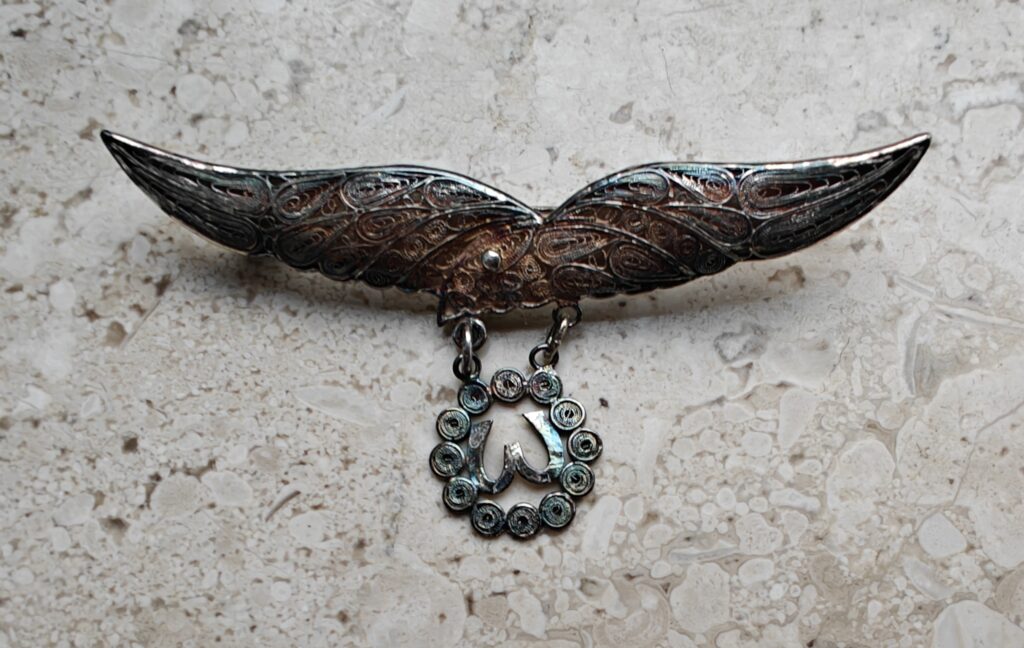
References:
More reading can be done in Tristan Broos his book Het Koninklijk Nederlands-Indisch leger (Geschiedenis, uniformering en uitrustingen 1911-1942)
Thanks to Rob Vis for his knowledge and input.
A great overview of all ML KNIL wings can be found here.
Or read about the story behind a Bronze Lion for bomber pilot Lt Samson
Or Hans Warning a naval aviator of the AROV group, Trained in the US
And two pages with some background information from the book: Gedenkboek Militaire Luchtvaart 1914-1939 by M. van Haselen. This book I can highly recommend for the prewar history of the ML KNIL.


